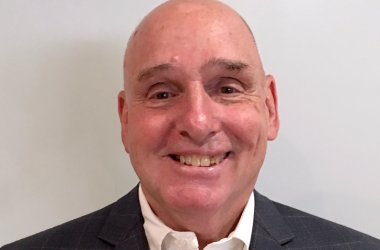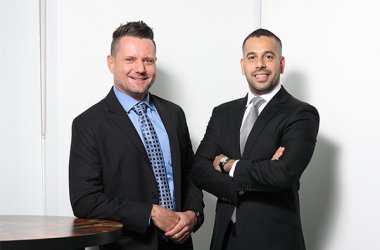
A Silicon Valley startup has combined the technology underlying WiMax with a software-defined radio to build smart grids for electric utilities.
The startup, called Full Spectrum, is teaming up with a company that holds licenses to TV channels in order to offer high-speed infrastructure to help electric companies better manage their power.
Full Spectrum’s FullMax Broadband Wireless System isn’t truly WiMax because it uses low frequencies that haven’t been certified by the WiMax Forum. But it takes advantage of high-volume silicon from Tata Elxsi that was designed using the IEEE 802.16e standard used in WiMax gear. That lowers the cost of the gear below the proprietary equipment typically used in private utility networks, according to Stewart Kantor, CEO of the company in Menlo Park, California.
"It would have cost us $100 million to build this platform in the year 2000," Kantor said. "All the stuff that was developed in the late ’90s is now paying off."
FullMax is also forward-looking because it uses software-defined radio, a technology that allows one radio to use different frequencies depending on current needs. The software-defined radio that Full Spectrum developed can tap into frequencies ranging from 40MHz to 958MHz depending on what bands a given utility has bought access to.
The new data networks will complement existing private networks that serve specialized push-to-talk phones for utility workers, according to Kantor. Electric utilities need more bandwidth to build "smart grids," which include a growing array of mechanisms for gauging power demand and adjusting supply, he said.
Power companies are building smart grids partly to collect more information from their electrical distribution networks and act on it more quickly, thereby operating more efficiently. Those grids include far more than networked meters in homes, the best-known example of smart-grid equipment, Kantor said. There are components throughout an electrical grid to track and control transmission, some of which require low latency and 1M bps (bit per second) or more of capacity to exchange information in real time, he said.
Though mobile operators already have fast data networks across broad swaths of the U.S., those networks aren’t suited to utilities, according to Full Spectrum. The carriers’ 3G and 4G infrastructure doesn’t always reach remote facilities, isn’t dependable enough and has to be shared with consumer users of mobile devices, Kantor said. He cited a recent filing to the U.S. Federal Communications Commission by Sempra Energy, a Southern California utility serving about 25 million customers, that outlined why the power company doesn’t believe carrier networks are adequate for its needs.
Sempra told the FCC it needs 10M bps of wireless broadband coverage for its major assets and that no mobile operator offers that. The utility doesn’t expect the geographic coverage of carriers’ LTE (Long-Term Evolution) 4G networks to equal current 3G coverage for five to seven years. The operators also don’t offer guarantees of latency or quality of service, both of which Sempra requires, the company wrote. When cellular base stations lose power, such as during natural disasters, they typically have only eight hours of backup battery power, or generators with limited fuel, Sempra said. Security and management also are issues.
As an alternative, Full Spectrum and license holder U.S. Television (USTel) are offering private networks that they say can deliver data speeds as high as 12M bps. While Full Spectrum provides the infrastructure, USTel will sell access to UHF (Ultra-High Frequency) TV channels in seven cities, including Houston, Phoenix, Honolulu and Jacksonville, Florida. Those channels aren’t intended to make up a nationwide network, but rather to serve local utilities. Full Spectrum has also partnered with Space Data, which has licenses to narrower spectrum bands around the 900MHz bands across the country.
Full Spectrum was founded in 2006 and spent about three years developing its technology before beginning to approach utilities last year. It has trials in progress with several power companies, Kantor said. The radios it uses on the grid are much more powerful than those in cell phones, which is possible because consumers don’t carry them around. FullMax could also be used by railroads and for some public safety applications, he said.
A startup adds a software-defined radio and TV channels for private smart grids





